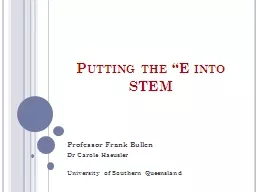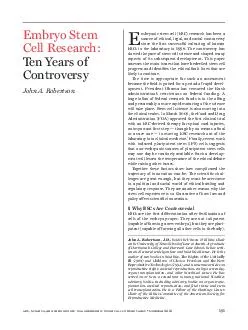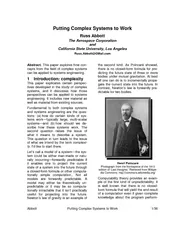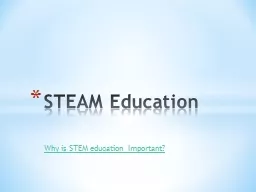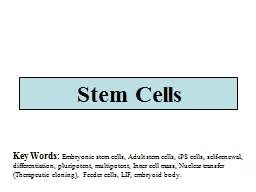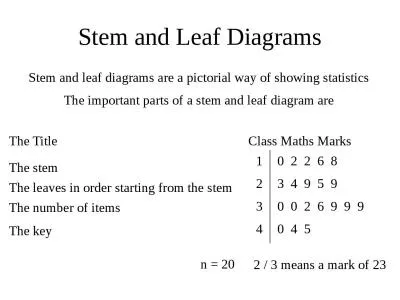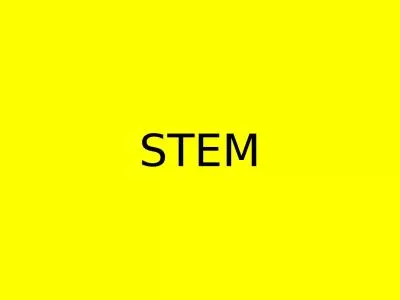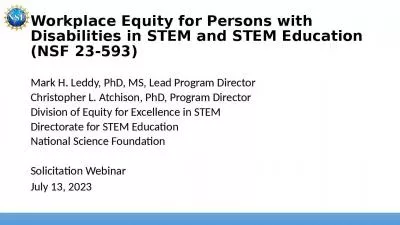PPT-Putting the “E into STEM
Author : stefany-barnette | Published Date : 2018-12-17
Professor Frank Bullen Dr Carole Haeusler University of Southern Queensland The Update Wednesday Australian University Dreams start in primary school Coates
Presentation Embed Code
Download Presentation
Download Presentation The PPT/PDF document "Putting the “E into STEM" is the property of its rightful owner. Permission is granted to download and print the materials on this website for personal, non-commercial use only, and to display it on your personal computer provided you do not modify the materials and that you retain all copyright notices contained in the materials. By downloading content from our website, you accept the terms of this agreement.
Putting the “E into STEM: Transcript
Download Rules Of Document
"Putting the “E into STEM"The content belongs to its owner. You may download and print it for personal use, without modification, and keep all copyright notices. By downloading, you agree to these terms.
Related Documents

